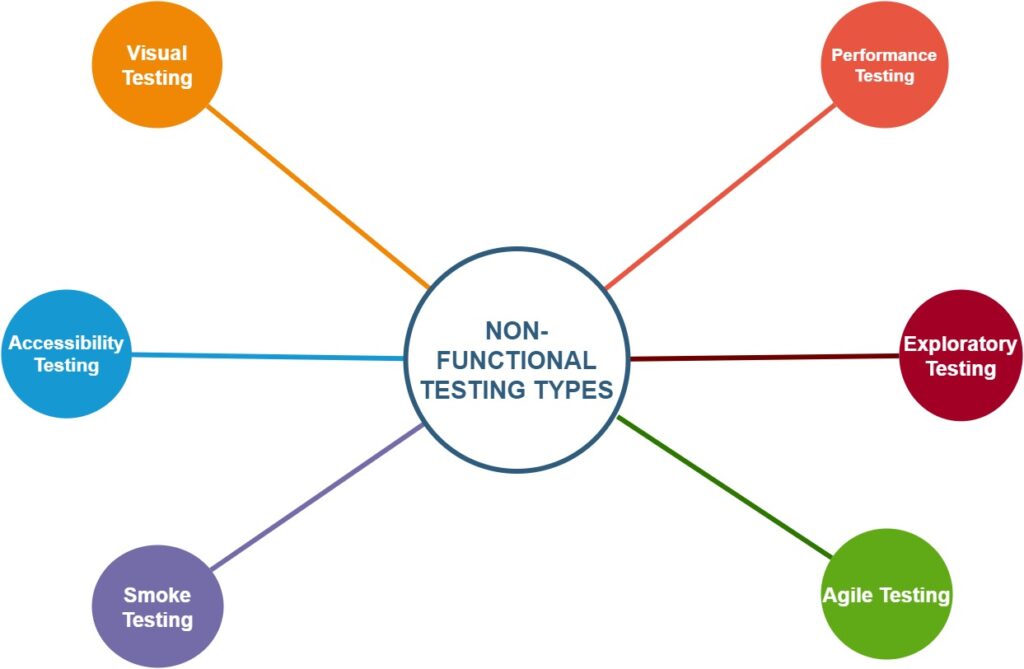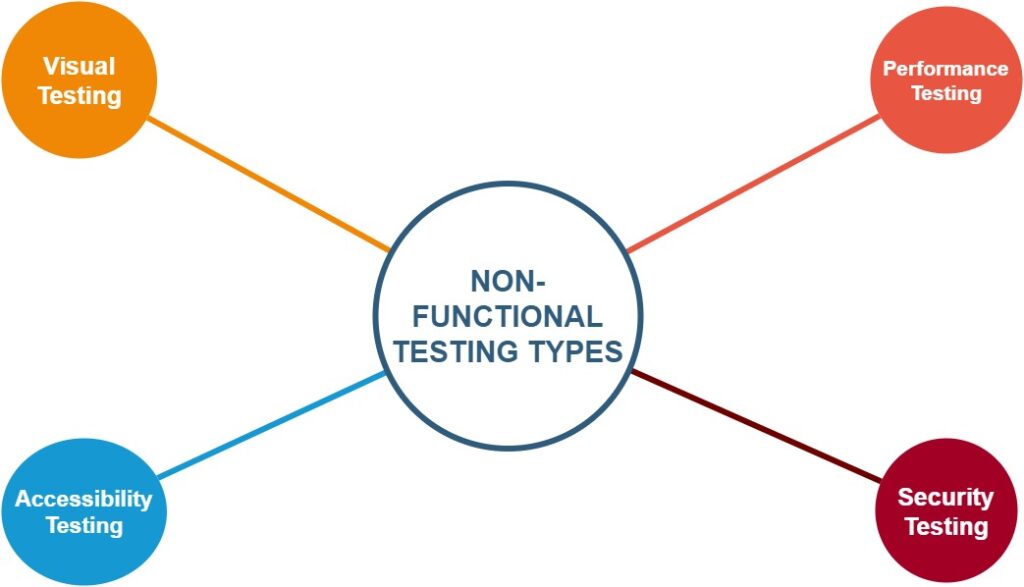
If you’re interested in Functional Testing Types
Functional testing is a type of software testing that is performed against the functional aspect of the application. In other words, it is used to test the output of the application functionalities by providing a specific input. The behavior of the system is being tested on different testing scenarios. One technique that is involved when performing functional testing is a black-box technique in which internal structures are unknown. Functional testing can be performed on the UI, API, server communication, database persistence, etc. Let’s go through the most important functional software testing types. Integration testing is used when the software components are integrated together logically and tested as a group. The purpose of this testing is to expose any potential defects in communication between component 1 vs component 2. It is handled by the testing team. This is a basic software testing that is performed on the initial software build to ensure that the most important functionalities of the application are working fine. Testers execute a couple of basic but most important tests on a new feature build. If they found that there are fails on some of the functionalities, then they can reject the build and return it to the developers for analysis and eventual fix. A type of software testing that includes testing the whole application as per the customer requirements. The purpose is to test the system compliance according to the specified conditions. Covering all the flows of the application to check whether they meet the expected results. It is done by the testing team after Integration testing. Regression testing is performed to the application as a whole when a modification or a new feature is introduced. The purpose is to verify that the newly introduced feature does not affect the existing ones. The testers carry out this type by examining all of the other functionalities of the application tests. The most common form of regression testing is automation testing, because when we have a large application containing many functionalities to be covered, chances are, that some small but important functionalities may slip of our testing radar. So automation coverage of all scenarios as regression can ensure that we have a stable application and bigger confidence in its behavior. This is a pure black-box testing technique where no documentation, no test design procedure, or any planning is followed. It is performed by manual testers. Its purpose is to allow the testers to have that initial feel of the application, to see the core functionalities, or to “play a little” with the application. As the name says it all, exploring the application and looking for some defects. Even if there is no documentation when performing this type of testing, keeping a good track of what you’ve tested, it’s a good practice. It is more of a practice rather than a type, that follows the agile manifesto which puts a focus on the customer requirements who will use the system. It is performed by the QA team. Taking an incremental approach to design, code, test, and ship the application with small functionalities to the client. More on what is agile testing in detail can be found here. Non-functional testing focuses on the non-functional aspects of the application. By non-functional, I mean testing the application’s performance and load, testing for its recovery process, how the application is accessible by the users, and how it is organized if it has a UI, is the application easy to use and understand, and many more. Let’s explain the most important ones. Visual testing is performed by the software testers and it is a type of non-functional testing type where the testers compare the expected design of the application UI against the actual design. When a new change is introduced in the application front-end side, the testers need to check whether some elements on the page, layouts, or margins and paddings of an element positioning is correct. This type of testing can be performed by manual comparisons or by using automated software tools for page comparisons. More on what is visual testing, why it is performed, and what automation tools are used for that can be found here. Performance testing ensures that the application speed, response time, and scalability are tested. Functional tests are needed to perform this type of testing and this may sound a bit confusing. It is not a functional test since we are not interested in the application functionality, rather we are testing the potential performance bottlenecks with special performance tests but using the functional tests in the background. The focus is put on whether the application responds quickly, or if it loads quickly or communicates with a third party system on a high-speed level, etc. Usually, there is a separate performance testing team that is responsible for, since it is not a straightforward type of testing and it requires a great testing effort, monitoring, comparing expected vs actual performance results, etc. Interested to learn more about how to measure the performance of your project? Check out this amazing course: Performance Testing Using JMeter By Edureka that covers broad topics about website performance and performance testing. Accessibility testing is performed to ensure that the application is usable by all the users including users with disabilities. Making the application easy to use, allows every user regardless of their disability can have access to the application, and can use the application as a normal user would. Various techniques and tools are used to test the application for accessibility and to tell if it is accessible or not. More on what is accessibility testing and why it’s so important can be found here. Security testing is another type of non-functional testing that is performed by the testers itself or by specially trained security testing companies. The subject of security is pretty wide with many rules to follow. It is done to check how the software is secured from threats, whether they are internal or external. It tests how the software behaves from a malicious program, virus, authorization authentication hacks, etc. It also checks how the software is securing the data after an attack. Specialized tools are used to perform this type and it is considered to be one of the most important non-functional testing types that many companies often forgot to incorporate. If done within the company, internal training is required for those who will be responsible for the application’s security. Latest Posts Share this post
Integration Testing
Smoke Testing
System Testing
Regression Testing
Exploratory Testing
Agile Testing
Non-functional Testing Types

Visual Testing
Performance Testing
Accessibility Testing
Security Testing












